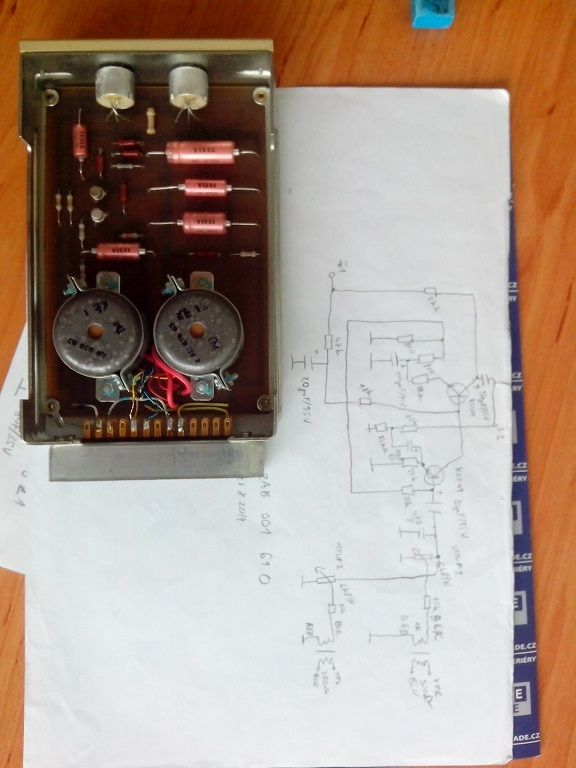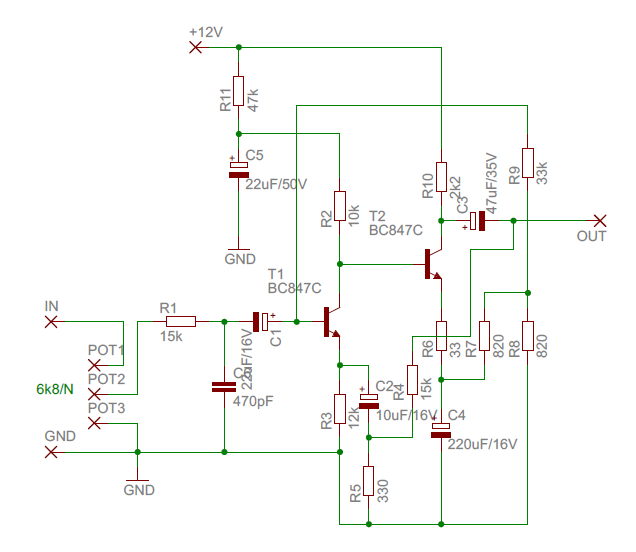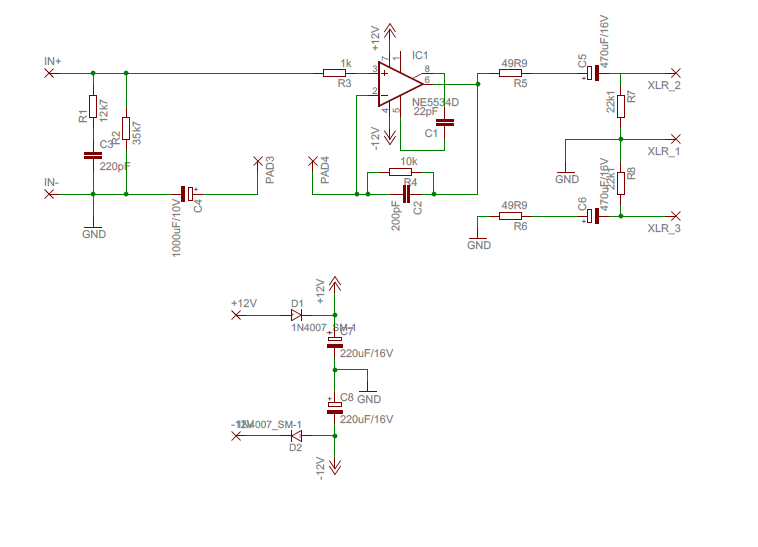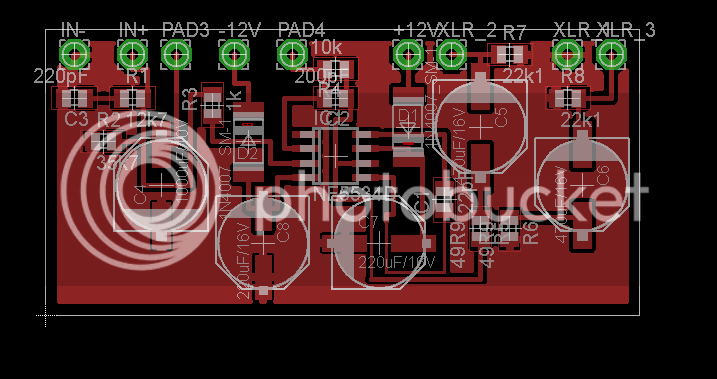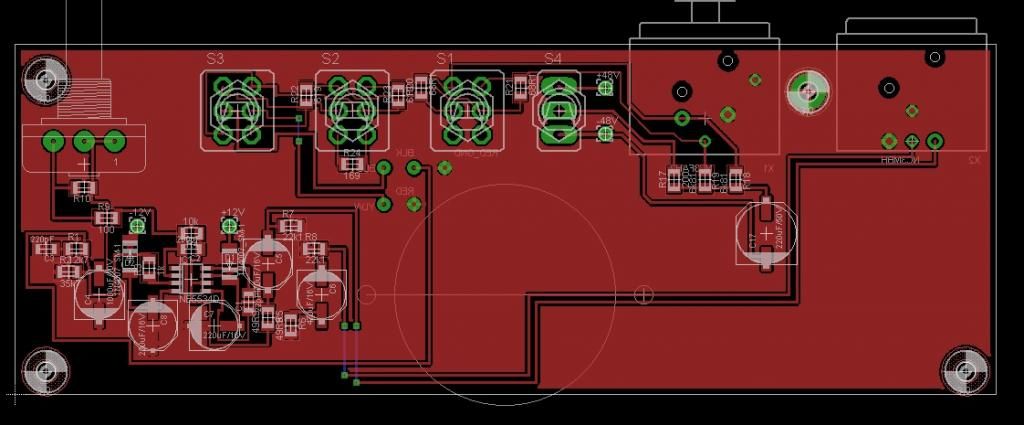Jensen text:
"Thanks for contacting Jensen Transformers.
There is no simple way to calculate the series RC damping networks for
microphone input transformers. Interwinding capacitance is not important,
it is distributed capacitance within the windings that matters, and this is
not an easily measurable quantity. Also, the transformer needs to be damped
with all of the circuit stray capacitances and loads in place around the
transformer. This is especially true with tube circuit designs where the
"miller" capacitance of the first stage may be VERY significant. The
simplest way to determine the proper damping network for a microphone input
transformer is experimentally. The method is actually quite simple and
fast once that you have done it a couple of times and have gotten together
the proper kit of tools to make it easy.
SETUP:
1) Drive the microphone input with a squarewave generator that has a
source impedance of 150 Ohms. This value is approximately in the middle of
the range of source impedances common to most microphones. If you have a
special situation where the microphone is going to have a known, much lower
impedance (say 20 Ohms), use this impedance instead. Make sure that the
output signal from the generator has nice clean, fast edges with no overshoot.
2) Set the generator for a signal level of approximately 0.1 Volts peak to
peak and a frequency of approximately 5 to 10 kHz.
3) Power the microphone pre-amp and adjust the gain to a level about 10dB
below clipping. The level isn't real critical, just make sure that the
pre-amp is operating in a normal gain range and that it isn't clipping.
4) Connect an oscilloscope across the secondary of the input transformer
using a x10 low capacitance oscilloscope probe. You MUST use a x10 probe in
order to prevent adding SIGNIFICANT capacitance across the secondary of the
transformer. Make sure that you have "calibrated" the oscilloscope probe
trimmer capacitor before starting this procedure.
5) Connect a capacitor substitution box in series with a 20k or 50k pot
and place this network across the secondary of the transformer. You may
also want to include a 1k pot in series with the 20k pot as a "fine"
adjustment control. The capacitor substitution box should have a range of
100pF to about 10,000pF for typical microphone input transformers. Extra
capacitors can be added in parallel if you need larger values. Standard 10%
value increments (100pF, 120pF, 150pF etc.) should provide enough
resolution for even "fussy" tweaking.
6) Make sure that the basic impedance determining load resistor is in
place across the secondary of the transformer. This value is typically 1500
Ohms x the turns ratio squared (for example our JT-115K-E uses 1500 Ohms x
10 x 10 = 150kOhms). This resistor sets the input impedance of the
microphone pre-amp.
ADJUSTMENT PROCEDURE:
1) Set the capacitor substitution box to the highest value (1000pF to
10,000pF) and adjust the pot for maximum resistance value (20k to 50k).
2) While watching the oscilloscope, lower the value of the pot. This
should decrease the overshoot of the waveform and reduce the ringing.
Adjust the pot for the highest value that will prevent all the overshoot
and ringing.
3) The objective now is going to be to find the SMALLEST value of
capacitance and the HIGHEST value of resistance that will eliminate all the
overshoot and ringing and leave just a smooth, flat topped squarewave with
a nice fast rising edge.
4) Keep decreasing the value of the capacitance and re-tuning the pot
until you can no longer eliminate the ringing and overshoot by adjusting
the pot. Go back to the last higher value of capacitance and do a final
tweak of the pot and then measure the final resistance value. These values
are your final damping network.
NOTE: Some transformers will have very high frequency, very small amplitude
ringing in addition to the main lower frequency, large amplitude ringing.
You will probably NOT be able to tweak this effect out of the transformer,
but it is usually not anything to worry about because it is so far removed
from the audio frequency range and results in only a small fraction of a
dB of frequency response variation at a point where the transformer
response is already 10dB or 20dB down from reference level.
Dale Roche - Project Engineer "
